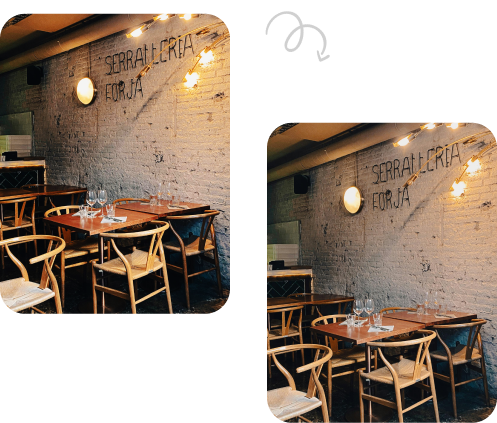In the world of real estate marketing, a picture is worth more than a thousand words; it can be the difference between attracting potential buyers or leaving a property unnoticed. While traditional photography has long been the go-to method for showcasing homes, High Dynamic Range (HDR) photography has emerged as a game-changer. In this article, we explore the significant impact of HDR photography versus standard photography on real estate marketing.
Understanding HDR Photography
HDR photography is a technique that involves capturing multiple images of the same scene at varying exposure levels and then merging them to create a single image. The result is a photograph that offers a wider range of tones and details, from the darkest shadows to the brightest highlights. This technique is particularly well-suited for real estate photography because it allows properties to be showcased in their full glory.
The Benefits of HDR Photography in Real Estate:
- Highlighting Details: One of the standout benefits of HDR photography is its ability to reveal details that might be lost in standard photography. This means that intricate crown molding, the texture of hardwood floors, or the subtleties of a landscape can be showcased in their full glory, attracting buyers who appreciate these finer details.
- Balanced Lighting: HDR photos excel in balancing lighting conditions. In real estate, this is crucial, as it ensures that both the interior and exterior of a property are well-exposed. Potential buyers can see the lush backyard garden while still appreciating the interior decor.
- Eye-Catching Images: HDR images tend to be more vibrant and eye-catching. In a sea of property listings, an HDR photo can grab a potential buyer’s attention and entice them to explore further.
- Reflecting Reality: HDR photos often mirror what the human eye sees more accurately. When a potential buyer views a property in person, they should feel like they are seeing what they saw in the photos. This builds trust and increases the likelihood of a sale.
Standard Photography vs. HDR: The Differences:
- Limited Dynamic Range: Standard photos may not capture the full range of light and shadow in a scene. This can result in overexposed windows or underexposed interiors, making it challenging to showcase the property’s true potential.
- Less Detail: Without the multiple exposures used in HDR, standard photos can lose details in the highlights and shadows, leaving properties looking flat and less appealing.
- Reduced Vibrancy: Standard photos may lack the vibrancy and color depth that HDR images can achieve. This can make a property appear less inviting in listings.
- Inconsistent Lighting: Standard photos may not accurately represent the lighting conditions in a property, leading to surprises for potential buyers when they visit in person.
In conclusion, Real Estate Hdr Photo Editing has revolutionized the way real estate properties are presented to potential buyers. It offers a superior visual experience by showcasing details, providing balanced lighting, and creating vibrant, realistic images. While standard photography still has its place, the advantages of HDR photography are clear in terms of attracting and engaging potential buyers in the competitive real estate market. It’s a powerful tool that can make a significant impact on your real estate marketing efforts.


